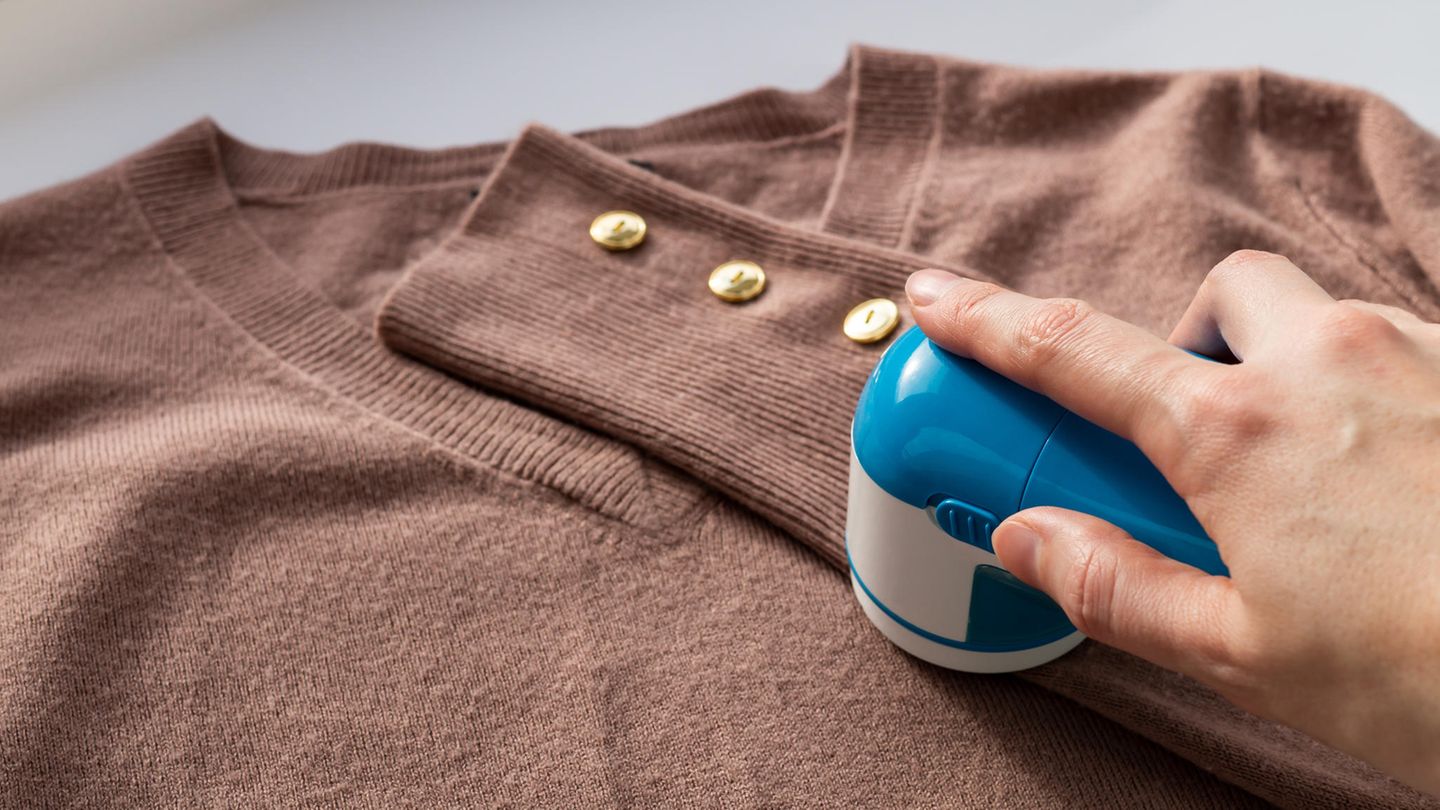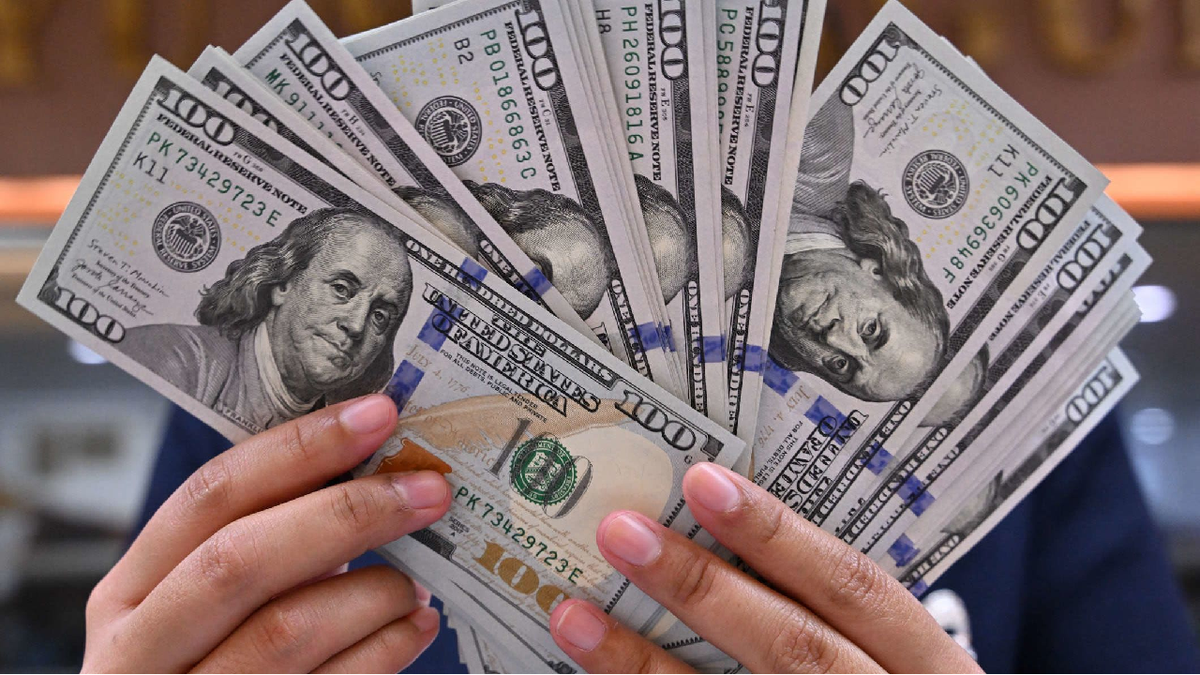The magic of freshly bought clothes often disappears after wearing them for the first time, when unsightly lint appears on the textiles. But where do they actually come from – and how do you get rid of them? We’ll tell you.
When fluff forms into small nodules, this is called pilling. This process is set in motion by friction and movement – or cleaning in the washing machine. Garments made of natural materials such as wool or cotton are often affected. But textiles made of synthetic fibers can also have the unsightly knots. So they say nothing about the quality or origin of the substance, but are to be understood as a kind of annoying side effect. The question arises: How can lint be removed? And is it even possible to prevent them?
That’s how easy it is to remove lint
Depending on whether you want to remove stubborn pilling or loose lint, there are different options and live hacks:
- A is suitable for removing stubborn knots: it cuts them off very carefully without damaging the fabric.
- With ordinary masking tape (a wide strip will do), simple lint and hair can be pulled off clothes quite easily as they will stick to it.
- With a pet hair is particularly easy to remove from clothing. There is even that are washable.
- A classic on the other hand, loose fibers and hairs are picked up by rubbing them against the grain over textiles.
- If the lint sticks out at the edge of the clothing as thin welts, they can be cut off with ordinary scissors.
- Another household trick is to use a kitchen sponge: you should be able to wipe off lint with the yellow, soft side.
- This technique works just as well or even better with one with which (due to electrostatic charging) lint and hair can be wiped off textiles.
- Alternatively, old nylon tights can also be used: slip them over your hand and rub them over the lint on the clothing (in one direction).
This is how you counteract the formation of lint
You can take preventive measures to reduce the formation of lint on your clothing (unfortunately, it is impossible to avoid it completely): A general recommendation is to always turn the laundry inside out before cleaning it in the machine – this should reduce friction be reduced. It can also be helpful to put the textiles in a fine admit. And to empty the pockets beforehand. Another recommendation is to hand wash delicate clothes rather than tumble dry them. On the other hand, you should avoid adding vinegar before each wash cycle, as it is intended to reduce static electricity (and thus the formation of pills), but it also damages the rubber seals of the machine.
There is more information here.
Source: Stern
I am a 24-year-old writer and journalist who has been working in the news industry for the past two years. I write primarily about market news, so if you’re looking for insights into what’s going on in the stock market or economic indicators, you’ve come to the right place. I also dabble in writing articles on lifestyle trends and pop culture news.




